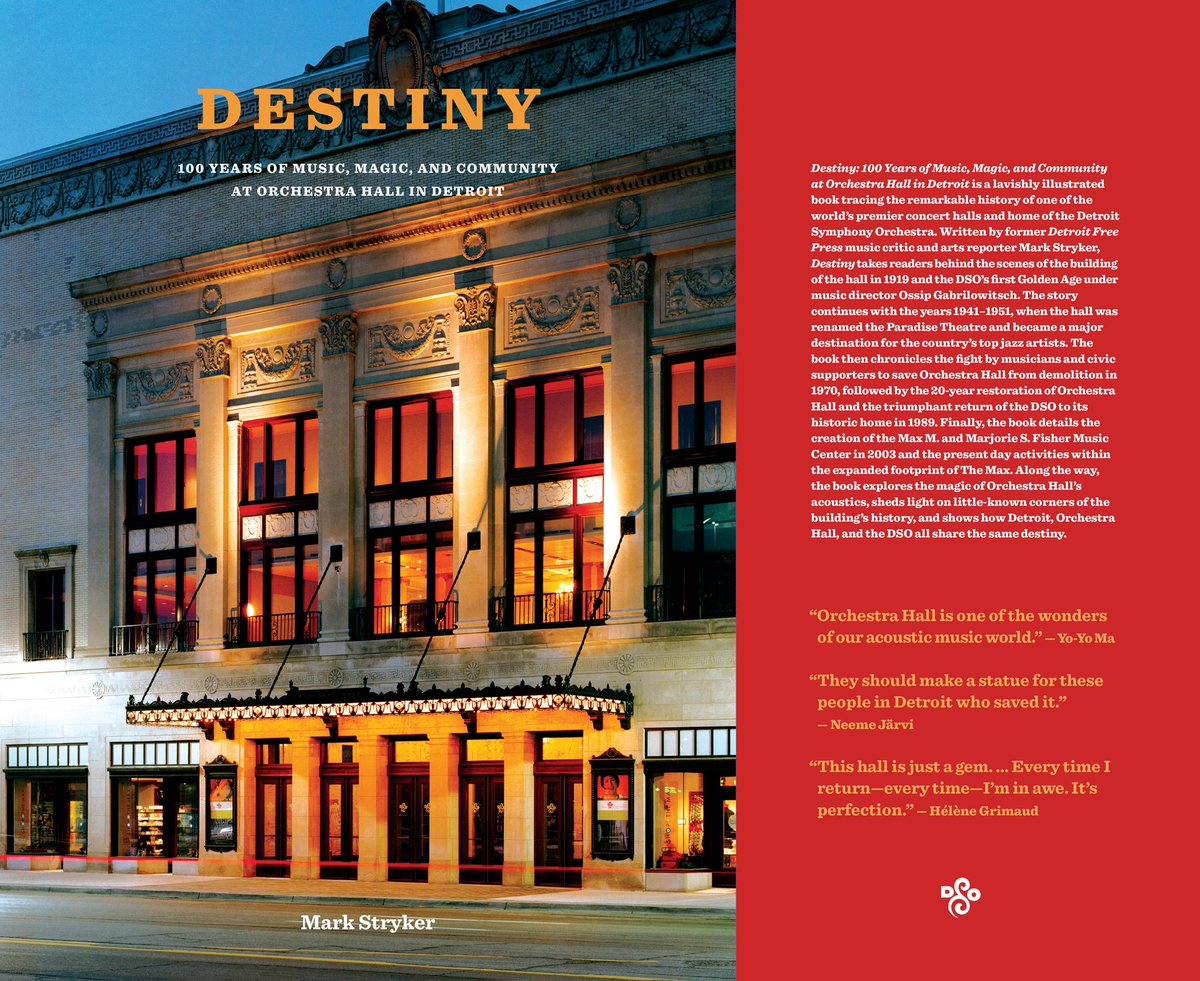
1 The Sage and Soul of Detroit
Happy 91st birthday to Barry Harris, born 12/15/29 in Detroit. May this heroic pianist & professor of bebop go forever. Here’s an annotated playlist of 20 tracks & videos. It's in chronological order, except for a special closer.
Happy 91st birthday to Barry Harris, born 12/15/29 in Detroit. May this heroic pianist & professor of bebop go forever. Here’s an annotated playlist of 20 tracks & videos. It's in chronological order, except for a special closer.
2 “Hopper Topper,” 1950. Barry’s debut record. “Cherokee” changes with no theme. Striking confidence for a 20-year-old. The even attack, precise beat & jabbing left hand remind me of Horace Silver. The young Frank Foster comes directly out of Sonny Stitt.
3 “All The Things You Are" (1958). Will Austin/Frank Gant. Barry’s first LP as a leader opens with a ballad at a walking tempo. Improvised curtains of lovely double-time melody. All-Detroit trio, produced for Argo in Chicago by Detroiter Dave Usher
4 "Lolita" (1960) from "At the Jazz Workshop," an iconic record among pianists. Sam Jones/Louis Hayes. Cannonball's rhythm section. Barry’s maturity is now in full flower. The whole LP kills. Dig the solo break, the fluidity, swing and expressive phrasing.
5 “Del Sasser” (1960) w/Cannonball's 5qt at Newport. Holy shit! Cannonball sounds great, especially in the tag, but Barry wipes everybody out with his insanely long-breathed lines, drive and flow. Even at this blazing tempo he never gets bottled up.
6 “Ascension” (1961). Solo piano. Bebop purity at its most swinging & sublime. Perfect time & enunciation. Barry’s tune descends from “Parisian Thoroughfare” but an altered bridge descending mostly by whole steps. The rubato verse winks at “Tea for Two.”
7 "My Heart Stood Still" (1961). Joe Benjamin/Elvin Jones. A tinny, out-of-tune piano but fuck it. 4 swaggering, snaky piano choruses & inspiration never fails. When Barry is on, to paraphrase Monk, he lifts the bandstand. He & Elvin sound great together.
8 “Stay Right With It" (1962). Bob Cranshaw/Clifford Jarvis. The blues. Nobody swings at this tempo like Barry. He’s really TALKING, slapping the syncopated beat back and forth for 12 choruses with Jarvis' ride cymbal and snare.
9 “The Sidewinder" (1963). Barry is too much the bebop purist to be the ideal pianist for Lee Morgan's proto-boogaloo hit, but Bob Cranshaw remembers Barry in the studio saying he was gonna play as funky as he could. The piano vamp sells the song.
10 “Luminescence!” (1967). Pepper/Junior/Slide/Cranshaw/ McBrowne. Title track from Barry's best LP with horns. His take on “How High the Moon" changes. High spirits from everyone— Slide! — with Barry batting clean-up & hitting it out of the park. Whew! ...
11 “These Foolish Things” (1969) Ron Carter/Leroy Williams. Tremendous ballad performance, real storytelling, fanciful melodic imagination & rhythmic surprise in the improvisation, gorgeous harmonic movement in the melody. Barry truly loves playing ballads
12 “Symphonic Blues Suite: Third Movement” (1970). Wild stuff. At 2:42, Barry improvises Messiaen-like fragments (!) in the balcony of the piano, the closest this lifelong bebopper came to the avant-garde. He brings it all back home w/ a soulful slow blues
13 “Ray’s Idea" (1972) from Sonny Stitt's masterpiece "Constellation." Sam Jones/Roy Brooks. Supreme distillation of the bebop language. Barry's comping gooses the action & his 32 bars ring w/truth. Who needs a zillion choruses when you can say it in one?
14 “Renaissance” (1972). George Duvivier/Leroy Williams. One of Barry’s best LPs, "Vicissitudes" is loaded w/ intriguing originals, including this beguiling exercise in minor-key bebop. The interlude has a Barry-on-Bach feeling. Then double-time: Surprise!
15 “No Place to Hide” (1975). A favorite track from a sweetheart LP, David Allyn's "Don't Look Back." Piano-vocal duets with an oft-forgotten, plummy baritone. Barry's masterful accompaniment — gorgeous harmony & voice leading — is a work of art.
16 “Like Someone in Love"(1976). Sam Jones/Leroy Williams. Bud's arrangement. Super relaxed, super expressive. Barry's varied articulation & placement of the beat—laying back, pushing ahead, riding right on it—excites the emotions. Triplets rule the world!
17 “Oblivion” (1985). Hal Dodson/Leroy Williams. Look out! Bud's flag-waver taken WAY upstairs. It’s not just the speed, but the melodic, rhythmic & harmonic integrity of Barry’s lines. God is in the details. Barry looks as relaxed as if playing a ballad.
18 “All God’s Children Got Rhythm” (1990.) Another upstairs tempo but with a twist: Barry opens at a moderate speed with a nutty arrangement — dig the descending quasi-boogie figure in the left-hand — that he copped from a tape he has of Monk practicing.
19 “Blue Monk” (1990). Barry & Monk were close, living together at Nica’s house in Weehawken for a decade. Barry plays Monk w/ utmost respect but still delivers his own personality. Barry is a great blues player & this medium-slow tempo is for adults only.
20 “Nascimento" (1996). George Mraz/Leroy Williams. Barry’s set closer, one of his most alluring originals. His regulars always lead the audience participation — rhythmic handclaps during the interludes & wordless singing of the splendorous melody. Magic.
21 "The Bird of Red & Gold" (1979). Dial BH for beauty. From my fave of Barry's four solo piano records, a celestial original ballad as radiant as a Shelley ode. Barry sings — literally — his own poetic lyric. Brings tears to my eyes every time I hear it.
22 To go out, two photos that mean so much to me. First, the maestro and me in 2014 at the Dirty Dog Jazz Cafe in metro Detroit. Photo by John Osler. 

23 Finally, I asked Barry to sign a copy of my book "Jazz From Detroit" on the title page of the chapter devoted to him. In so many ways he is the true hero of the book. 

• • •
Missing some Tweet in this thread? You can try to
force a refresh







